-
 EducationPh.D. student and friend of Backyard Brains, Brinnae Bent of Duke University, recently hosted a class for seniors participating in the “Osher Lifelong Learning Institute at Duke (OLLI at Duke).” With help from some colleagues at North Carolina State University, she put on an afternoon workshop in Electrophysiology for these lifelong learners. From […]
EducationPh.D. student and friend of Backyard Brains, Brinnae Bent of Duke University, recently hosted a class for seniors participating in the “Osher Lifelong Learning Institute at Duke (OLLI at Duke).” With help from some colleagues at North Carolina State University, she put on an afternoon workshop in Electrophysiology for these lifelong learners. From […] -
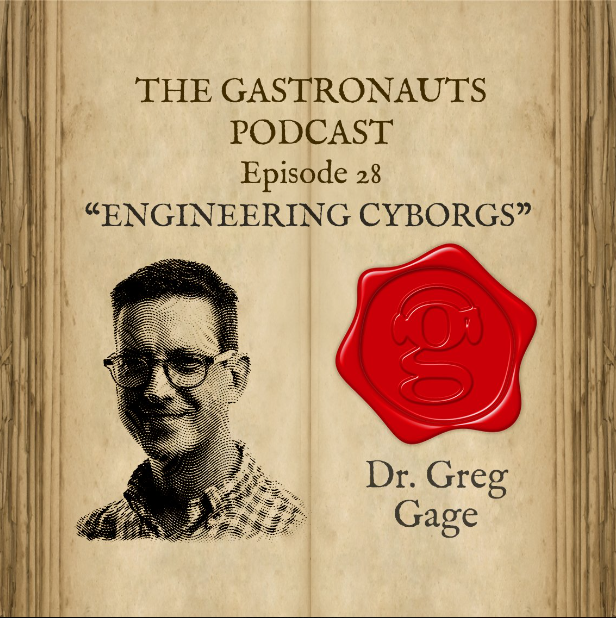 MarketingBackyard Brains has just added another feature to our ever longer list of media appearances! This time, our co-founder and CEO, Dr. Greg Gage, talked for The Gastronauts, Duke University’s monthly seminar and podcast series. This seminar is being organized by researchers passionate about gut-brain matters. But when one invites the driving force behind […]
MarketingBackyard Brains has just added another feature to our ever longer list of media appearances! This time, our co-founder and CEO, Dr. Greg Gage, talked for The Gastronauts, Duke University’s monthly seminar and podcast series. This seminar is being organized by researchers passionate about gut-brain matters. But when one invites the driving force behind […] -
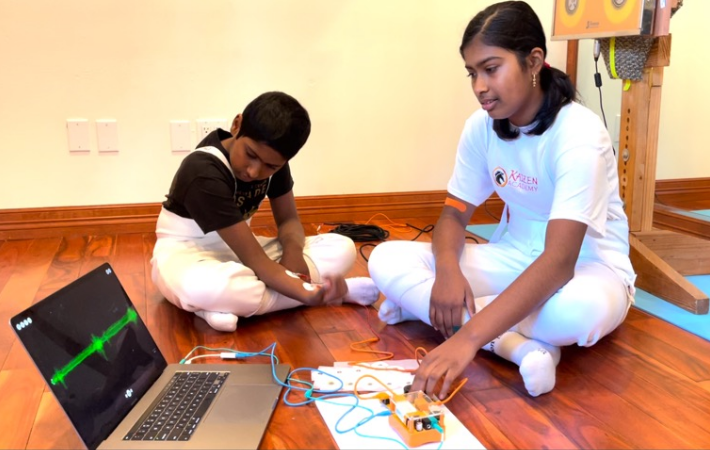 ExperimentEvery fencer will hear it countless times: warm-ups are a MUST. Do them and they’ll bump up your performance. Skip them and you may end up hurting yourself. But not every fencer will ask why! Supriya Nair, a busy sixth-grader from Redmond, WA, decided to conduct an experiment and find out what the correlation is between […]
ExperimentEvery fencer will hear it countless times: warm-ups are a MUST. Do them and they’ll bump up your performance. Skip them and you may end up hurting yourself. But not every fencer will ask why! Supriya Nair, a busy sixth-grader from Redmond, WA, decided to conduct an experiment and find out what the correlation is between […] -
 EducationCan we enhance our learning and improve memory recall during sleep? Apparently, sleep does have secret powers! It has been recently discovered that such magic can happen through targeted memory reactivation during sleep. Studies have shown that by associating a sound cue while learning to perform a specific task, you can then play […]
EducationCan we enhance our learning and improve memory recall during sleep? Apparently, sleep does have secret powers! It has been recently discovered that such magic can happen through targeted memory reactivation during sleep. Studies have shown that by associating a sound cue while learning to perform a specific task, you can then play […] -
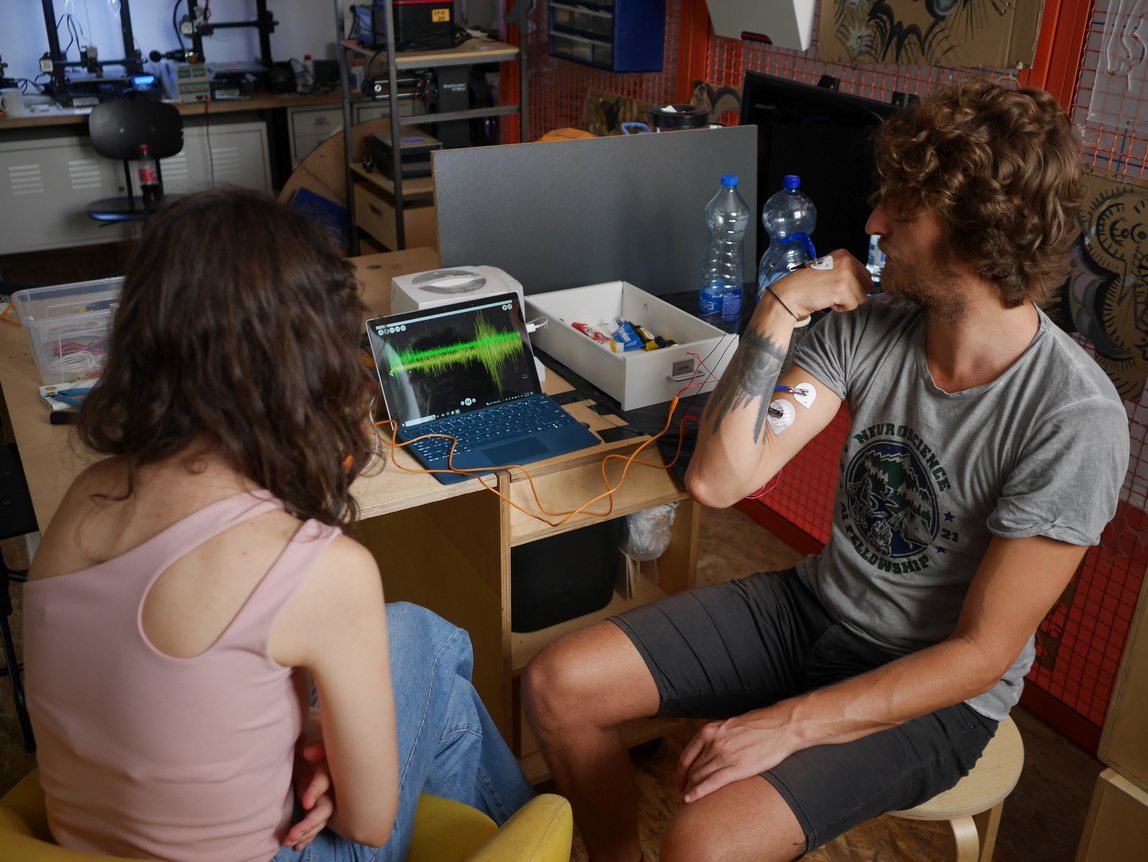 Fellowship— Written by Milica Manojlovic — Aaaand the results are in! So, just a quick recap – we were hoping to get as much data on the way we process the Pinocchio illusion by measuring different behavioral outcomes as well as the EMG in three timepoints. As far as the behavioral measures are concerned, we questioned participants […]
Fellowship— Written by Milica Manojlovic — Aaaand the results are in! So, just a quick recap – we were hoping to get as much data on the way we process the Pinocchio illusion by measuring different behavioral outcomes as well as the EMG in three timepoints. As far as the behavioral measures are concerned, we questioned participants […] -
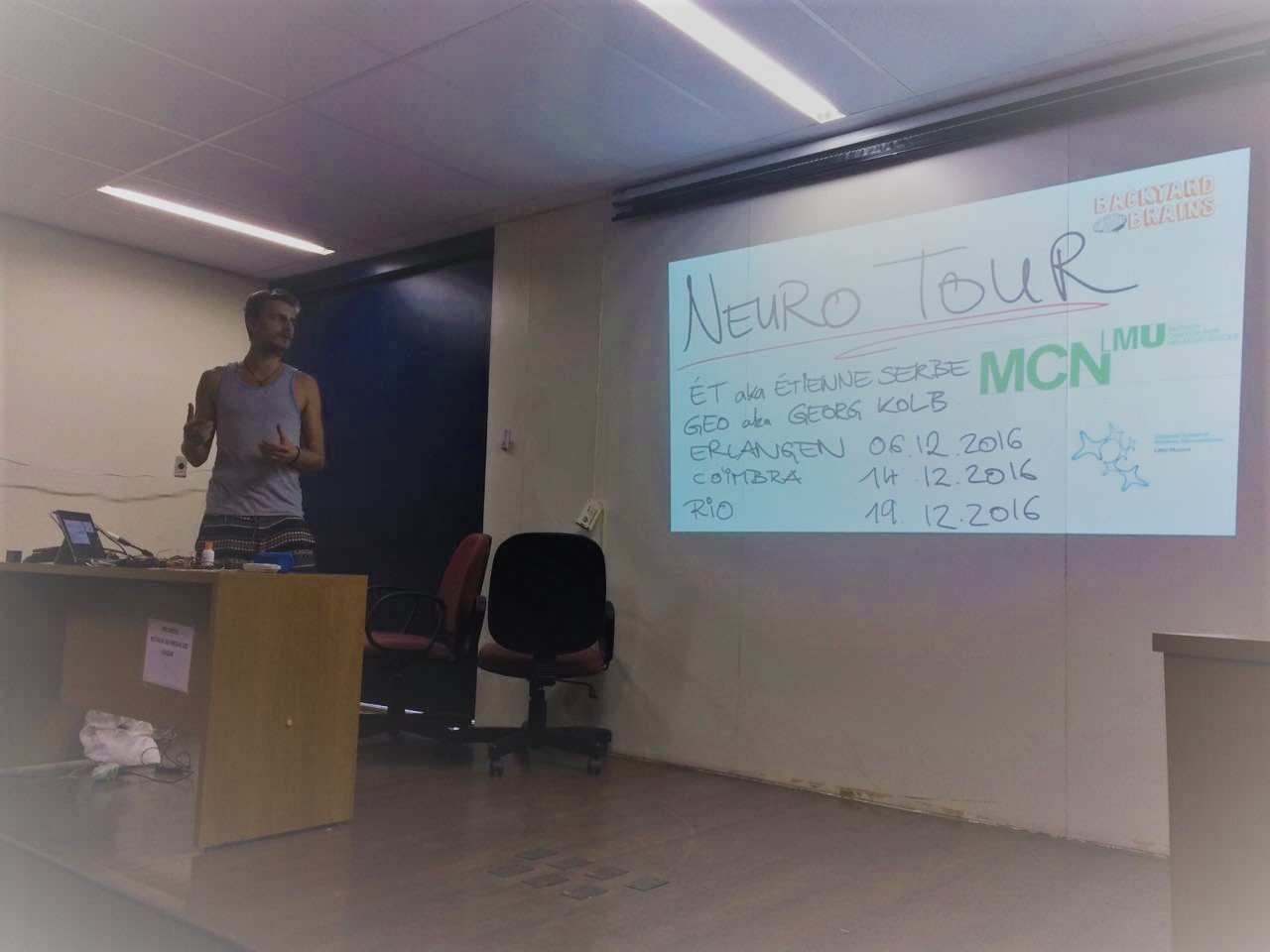 EducationHeyhey, My name is Etienne Serbe and I just recently finished my PhD at the MPI for Neurobiology in Germany. Two years ago I met Greg and Tim during the Summer School ‘Methods in Computational Neuroscience’ and it was love at first sight 🙂 We stayed in contact to figure out common future projects and […]
EducationHeyhey, My name is Etienne Serbe and I just recently finished my PhD at the MPI for Neurobiology in Germany. Two years ago I met Greg and Tim during the Summer School ‘Methods in Computational Neuroscience’ and it was love at first sight 🙂 We stayed in contact to figure out common future projects and […] -
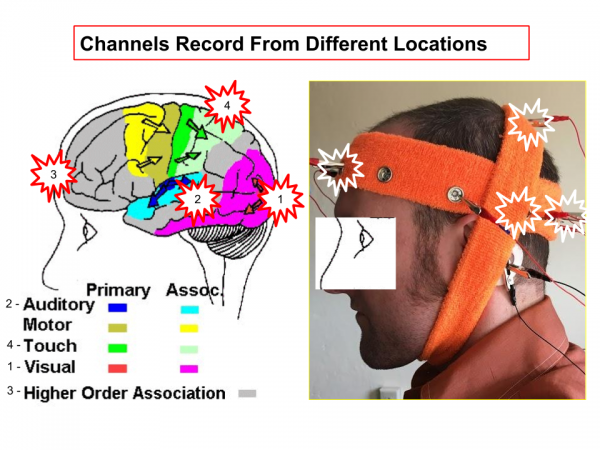 FellowshipAfter spending 24+ hours in a hot closet with strangers, I’ve learned a couple things. Walk with me (like lovers do) So far, I have recorded from a lot of people with a large range of experience levels in search for a biomarker for meditation- e.g. something more reliable than a person just “saying so” when […]
FellowshipAfter spending 24+ hours in a hot closet with strangers, I’ve learned a couple things. Walk with me (like lovers do) So far, I have recorded from a lot of people with a large range of experience levels in search for a biomarker for meditation- e.g. something more reliable than a person just “saying so” when […] -
 UncategorizedThese past few months we’ve been hard at work adding more experiments to our online library. We just released two new ones! New Experiment I: Why do your muscles get tired?, illustrated by Cristina Mezuk, our resident favorite artist in Ann Arbor New Experiment II: What is the effect of temperature on conduction velocity?, illustrated by a Chilean Comic Book […]
UncategorizedThese past few months we’ve been hard at work adding more experiments to our online library. We just released two new ones! New Experiment I: Why do your muscles get tired?, illustrated by Cristina Mezuk, our resident favorite artist in Ann Arbor New Experiment II: What is the effect of temperature on conduction velocity?, illustrated by a Chilean Comic Book […] -
 FellowshipHello dear reader! It’s Maria again and my meditation project is picking up speed. I’ve now recorded ~brain waves~ from 20 different people! If I’ve learned anything so far, it’s that in science it’s data or bust. I’ve been soliciting people over email and clipboarding more than a Jehovah’s Witness. If this science thing doesn’t […]
FellowshipHello dear reader! It’s Maria again and my meditation project is picking up speed. I’ve now recorded ~brain waves~ from 20 different people! If I’ve learned anything so far, it’s that in science it’s data or bust. I’ve been soliciting people over email and clipboarding more than a Jehovah’s Witness. If this science thing doesn’t […] -
 EducationAre you a member of an organization or institution committed to celebrating the wonders of the brain and bringing them from academic heights down to your local community? If yes, now is the time to apply for Brain Awareness Week (BAW) Outreach Grants for US and Canada! Grantees will be awarded up to $1,500 that they […]
EducationAre you a member of an organization or institution committed to celebrating the wonders of the brain and bringing them from academic heights down to your local community? If yes, now is the time to apply for Brain Awareness Week (BAW) Outreach Grants for US and Canada! Grantees will be awarded up to $1,500 that they […] -
 EducationIn an article we previously published in June 2022 about our scientific paper that dealt with play behavior in fish, I concluded at the end of the article: “I think it is possible for novices and high school students to publish papers (and it is the dream and goal of our team)… That is why we […]
EducationIn an article we previously published in June 2022 about our scientific paper that dealt with play behavior in fish, I concluded at the end of the article: “I think it is possible for novices and high school students to publish papers (and it is the dream and goal of our team)… That is why we […] -
 FellowshipHello again! This is Anastasiya, and I’m here to tell you that there have been a LOT of developments in my project since we last spoke. For starters, we now have live jellies! And while that’s arguably the most important news, I also have updates on the tank setup, the custom jellyfish tracking software, and a […]
FellowshipHello again! This is Anastasiya, and I’m here to tell you that there have been a LOT of developments in my project since we last spoke. For starters, we now have live jellies! And while that’s arguably the most important news, I also have updates on the tank setup, the custom jellyfish tracking software, and a […]